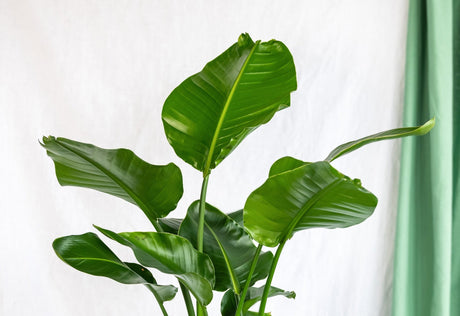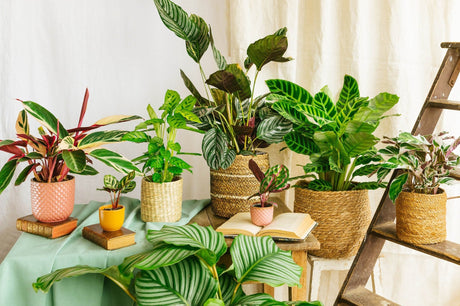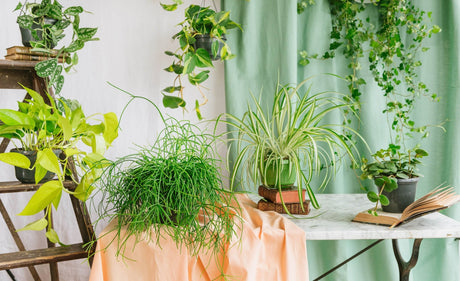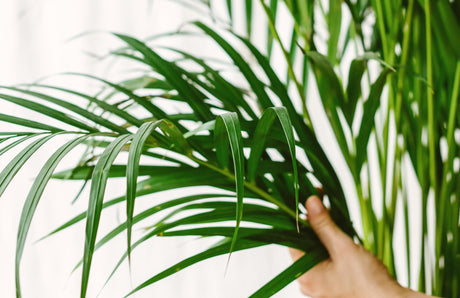Beginner's guide: everything you need to know about repotting
Repotting is necessary for the proper development of your plant.You don't have a green thumb and you don't know how to do it? We give you 6 quick and easy steps and tips to follow to repot your own plant. Follow the leader !
What is repotting?
Repotting is simply changing your potted plant. The reasons can be varied, but it is essential to repot a plant regularly. As it grows, so do its roots, depleting the nutrients in the earth and running out of room to thrive.
Rookie mistakes to avoid:
Repot your plant in a cache pot
Cut the roots too much
Choose an unsuitable soil
When to repot a plant?
Your plant may be asking you to repot it, watch for these signs!
- Its growth is slowed down
- Its new leaves are smaller
- Its foliage is yellowing
- It does not flower / little.



- What is the ideal period?
If your plant has not yet reached its final size, it is advisable to repot it once a year. We advise you to do this in early spring. The plant is then still in vegetative rest, and you will not disturb it. She can then enjoy the best days and the heat, and flourish. It is not recommended to repot a flowering plant. In this case choose a slightly larger pot.
How do I repot?
Materials needed:
New substrate, choose according to the plant
Pot, larger
Draining material
If you're ready, don't forget to use a container large enough to hold your plant, or tarp your table!
Step by step:
1. Carefully extract your plant from its old pot (wait until the soil is dry!)
Turn your pot over, usually when repotting, the roots



2. Cover the drainage hole with a shard, then place a 4-5cm draining layer of clay pebbles, gravel or shards.


3. Then pour a few centimeters of the new substrate.



4. Place the plant in the center of the pot and pour substrate all around, tamping lightly as you go with your fingers, to avoid the formation of harmful air pockets at the roots.
Be careful that the root ball is completely buried and does not protrude above the surface of the soil.


5. Firm the substrate and water generously.


6. Wait a good month before adding fertilizer.
Here is the end result! What do you think ?







